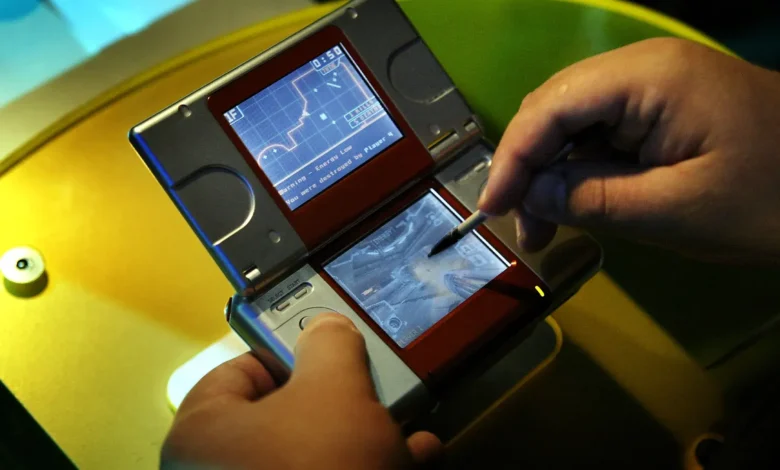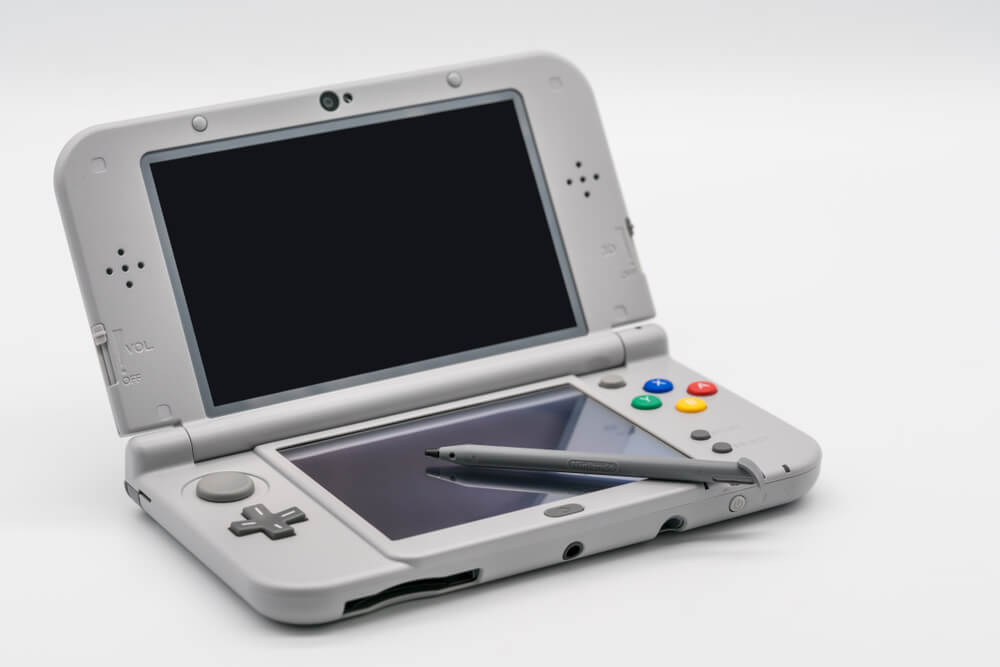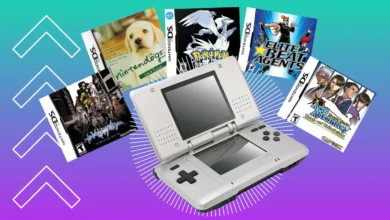Nintendo DS: The Legacy of a Handheld Gaming Icon

The Nintendo DS — now that’s a name that rings bells for gamers of all ages. Launched in the early 2000s, it quickly became one of the best-selling handheld consoles of all time. But what made the Nintendo DS so special? Was it the dual screens, the touchscreen interface, or the massive game library? Let’s take a deep dive into the history, design, and impact of this legendary gaming device.
History and Development of the Nintendo DS
Early Concepts and Development
Nintendo began working on the DS in the early 2000s, inspired by the growing popularity of handheld gaming. The company wanted to create something revolutionary — a console that wasn’t just portable but also introduced new ways to play.
Nintendo’s Strategy Behind the DS
The DS was designed to be more than just a successor to the Game Boy. Nintendo aimed to attract both core gamers and a more casual audience by introducing innovative features like touch controls and wireless connectivity.
Official Launch and Initial Reception
The Nintendo DS was officially launched on November 21, 2004 in North America and shortly after in Japan and Europe. Initial reception was mixed, but once iconic games like Super Mario 64 DS and Nintendogs hit the market, sales skyrocketed.
Design and Hardware Features
Dual-Screen Design
The dual-screen setup was the DS’s most defining feature. The top screen served as the main display, while the bottom touchscreen allowed for interactive gameplay.
Touchscreen Capabilities
The touchscreen wasn’t just for menus — it was fully integrated into gameplay. Games like The Legend of Zelda: Phantom Hourglass used the stylus for puzzle-solving and combat, adding a whole new dimension to handheld gaming.
Portability and Compact Design
Despite the two screens, the DS remained lightweight and foldable, making it easy to carry around.
Technical Specifications
Processor and Memory
The DS was powered by two ARM processors — one for the touchscreen interface and one for game performance. It also featured 4 MB of RAM, which was impressive for its time.
Screen Resolution and Display
The screens had a resolution of 256 x 192 pixels — not high by today’s standards, but crisp enough for the time.
Battery Life and Charging
The DS could last up to 10 hours on a full charge, making it ideal for long trips.
Nintendo DS Game Library
Top-Selling and Popular Games
Some of the best-selling DS games include:
- Mario Kart DS
- Pokémon Diamond and Pearl
- Animal Crossing: Wild World
Third-Party Developer Support
Nintendo made it easy for developers to create games for the DS, leading to a massive and diverse library.
Impact of Backward Compatibility
The DS could play Game Boy Advance cartridges, instantly giving it access to an existing library of classics.
Innovations and Unique Features
Introduction of Stylus Control
The stylus allowed for precise controls, from drawing paths in Kirby: Canvas Curse to casting spells in Harry Potter games.
PictoChat and Wireless Communication
PictoChat allowed players to send messages and drawings to each other locally — a precursor to modern messaging apps.
Use of Microphone and Voice Recognition
Games like Nintendogs used the microphone for training commands — a groundbreaking feature at the time.

Impact on the Gaming Industry
Influence on Future Handheld Consoles
The success of the DS shaped the design and strategy for the Nintendo 3DS and Switch.
Shift in Gaming Demographics
Games like Brain Age attracted older audiences, expanding the reach of handheld gaming.
Introduction of Casual Gaming
Games like Cooking Mama and Big Brain Academy paved the way for mobile-style gaming.
Variants and Upgrades
Nintendo DS Lite
Released in 2006, the Lite featured a slimmer design and brighter screens.
Nintendo DSi and DSi XL
These models introduced cameras, an SD card slot, and online features.
Challenges and Criticism
- Lower graphical power compared to the PSP
- Vulnerability to game piracy
- Limited online capabilities
Cultural Influence and Legacy
The DS became a pop culture icon, referenced in TV shows and embraced by celebrities.
Collectibility and Nostalgia
Retro gaming enthusiasts continue to seek out DS consoles and games, especially rare models.
Transition to the Nintendo 3DS
Nintendo upgraded to the 3DS in 2011, retaining backward compatibility while adding 3D graphics.
The Nintendo DS in Modern Times
Emulators and ROMs have kept DS games alive, and the homebrew community remains active.
Future of Handheld Gaming Inspired by the DS
The Nintendo Switch owes much of its design philosophy to the DS’s success.
Conclusion
The Nintendo DS wasn’t just a handheld console — it was a revolution in gaming. Its innovative design, diverse game library, and cultural impact have cemented its place in gaming history. Even years after its release, the DS continues to hold a special place in gamers’ hearts.



